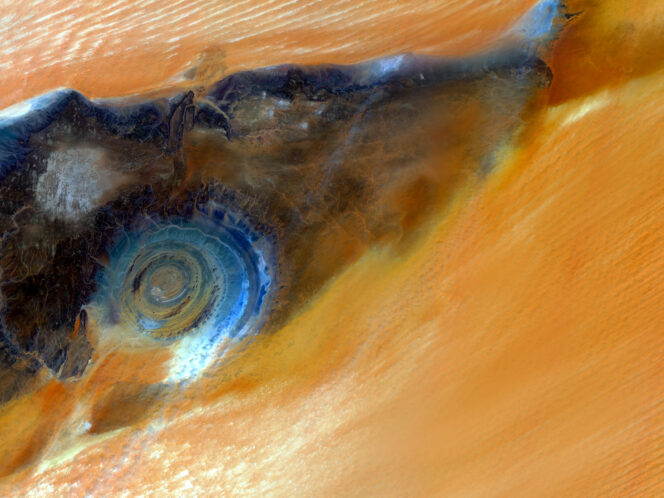
The Lonely Singer
Oceans are vast spaces in which even a huge whale is a small, lonely dot. But in the course of evolution, these dots have developed a system of communication which allows them to find each other.
For example, the vocalizations of the blue whale—the largest of them all—travels thousands of miles through the depths of the ocean, reaching an impressive volume of 188 decibels. Sperm whales are even louder—up to 230 dB. For comparison, a jet engine is only 140 dB—as loud as a gunshot. Humans would find it difficult to hear these sounds, as most of them are much too low for their ears.
Every whale species uses a different frequency in the 10-40 hertz range. But there is one individual among them which broadcasts outside of that range, officially considered to be the loneliest cetacean








